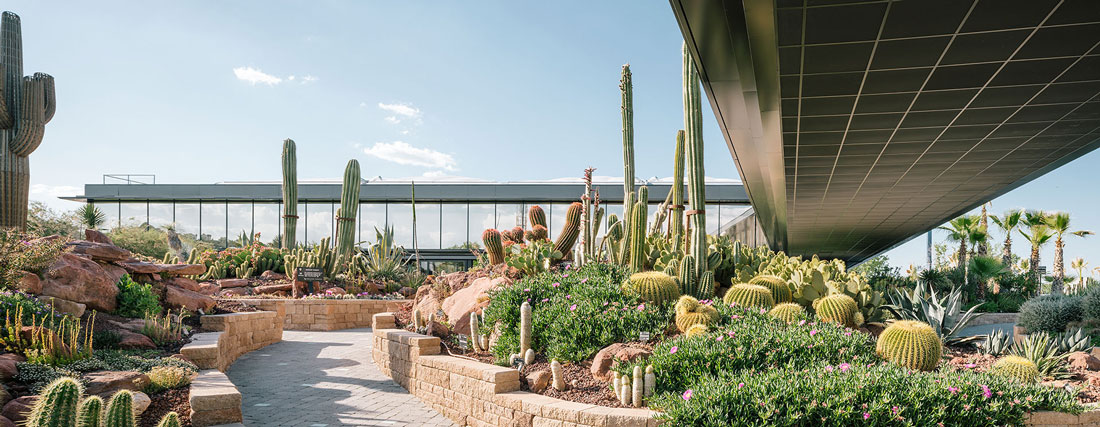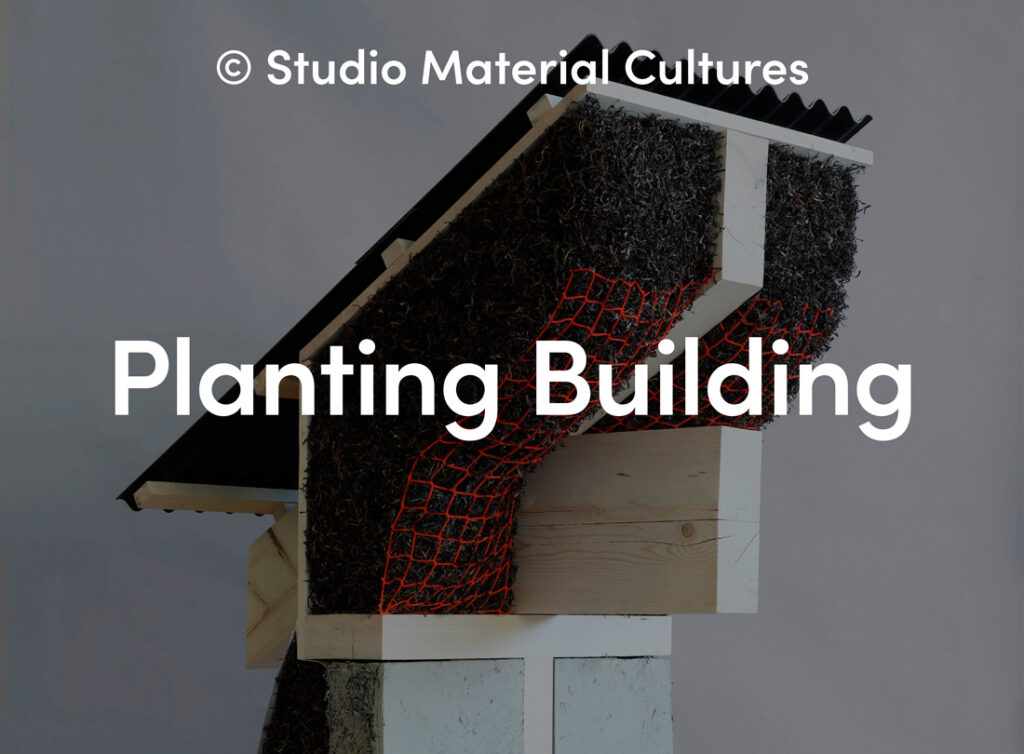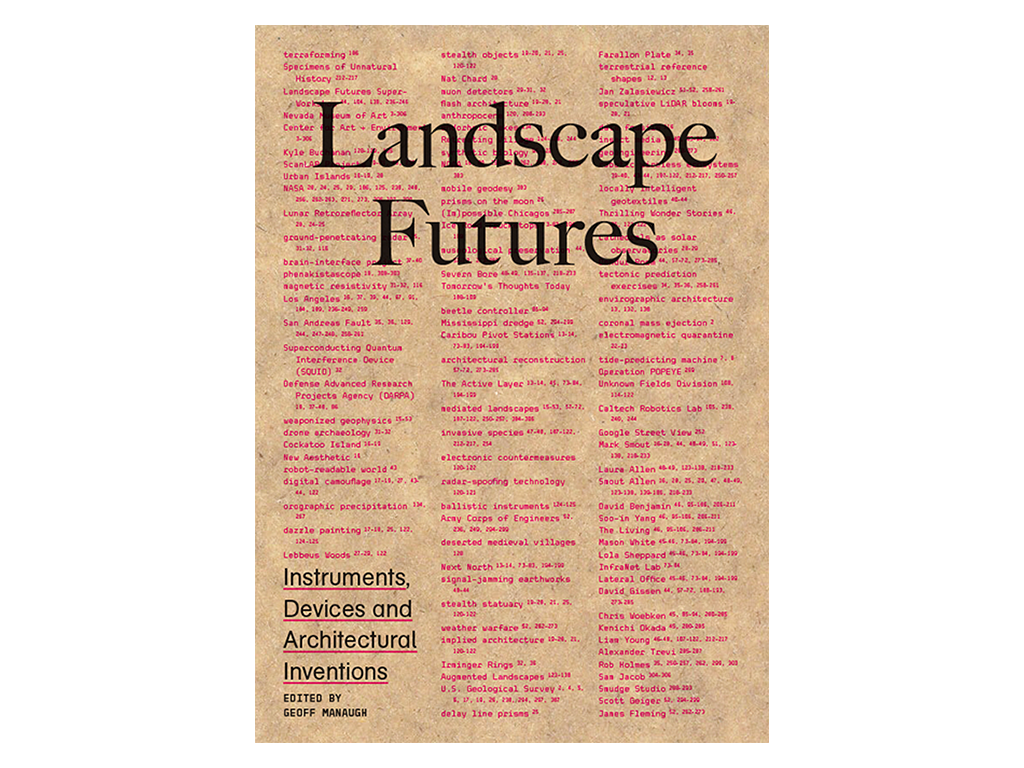Few concepts have undergone an inflation of meaning as spectacular as that of the picturesque. For the writers of treatises in the Renaissance and the Baroque, the picturesque merely referred to what was worth painting; the definition was so broad – and ultimately useless – that it would have been lost to history had Joseph Addison not freed it from irrelevance at the beginning of the 18th century by turning it into something different: a novel object that produces a pleasant surprise and which, precisely for that reason, is “appealing”.
Addison was not naive: he saw the picturesque as the indicator of an era in which art was no longer subject to the apodictic but arbitrary rules of the Academy and was instead entrusted to the subjective but natural rules of Taste in general. Catching up with the new times, he proposed getting rid of all the allegorical fauna that had overrun nature since the times of Titian – nymphs, satyrs and Virgilian shepherds – seeking out beauty in what remained once all that fauna was gone: an empty natural setting. He paved the way for the Enlightenment and, in the process, made taste into an aesthetic category that could be held up, when necessary, as a rival to the now somewhat withered but still recognizable classical Beauty.
Essentially, the Romantics gave the picturesque an ideological tinge when they gave the concept a new meaning, which it has largely retained to this day: the picturesque as the beauty found in what is irregular, unfinished, even lowly or ruinous. For the Romantics, the picturesque was a way of lending aesthetic value to the remains of the past and validating the beauty of exotic architectures (Chinese shrines, Oriental sitting rooms), but, above all, it was a way of sublimating the ugliness of the everyday: those landscapes created by the hand of man, which were nothing special but, conveniently decontextualized on a canvas or in a poem, could cause surprise and, therefore, be “appealing” to just about anyone.
However, despite their ambition, the Romantic theorists did not dare take the final step toward the absolute picturesque: sublimating the new kind of everyday and banal beauty – factories and modern cities – that was beginning to spread across Europe at the time. In fact, it took a century for that to happen, and when the miracle of the redemption of the banal in the picturesque finally took place, it was called the avant-garde. There was the avant-garde of the Futurists’ mechanical picturesque, of the productivists’ sachlich picturesque, or the avant-garde of the entropic picturesque favored by Robert Smithson and his helpers, obsessed with all the dregs produced by the industrial society.
Not everything was novelty and daring, however. From the beginning, the picturesque had a marked tendency toward vulgarization, expressing itself in content that could be easily digested by an undemanding audience. Due to the influence of the picturesque trend, sometimes converted into kitsch, the sitting rooms of Victorian houses filled with bucolic landscapes, and official art galleries bestowed their accolades upon pleasant scenes depicting local customs, where poor folk, gypsies or Moors – transformed into blots of oil paint – lost, to the audience’s ease, the threatening, or at least disturbing, character they held in reality. Of course, the vulgarization of the picturesque also extended to the architecture of the time, in all the cottages, chinoiseries and tea pavilions that proliferated across Europe and which remain a part, with surprising obstinacy, of popular imagination.
Despite this intrinsic tendency toward vulgarization, the picturesque maintained its original counterfactual strength in certain examples that served as both the natural and civic counterpoint to the outlines of new industrial cities – this was the case of the large parks and gardens of the Romantic tradition – and in other revolutionary architectural objects like the immense greenhouses made of glass and crystal, powerful both in landscape terms and in thermodynamic terms. Taking up those references, modernity had to make a choice: to continue with the updated versions of classicism, and its pure geometries; to opt for the various modes of picturesqueness, and its organic forms; or to draw from both sources at the same time, selecting the most convenient elements from the contents of one and the other in order to generate an eclectic hodgepodge of classicism and the picturesque, like Le Corbusier did.
Now, a lot has happened since Gilpin, Olmsted, Le Corbusier and even Smithson. The picturesque no longer functions as a naive way of presenting natural beauty or encouraging architectural experiments that were once avant-garde but can no longer be. The concept has lost its normative character, and has ceased to be a well-defined aesthetic category. Rather, it is a vague name that is given to a heterogeneous collection of elements that do not always fit well together, which support the efficient eclecticism demanded by the times: the kind of “picturesque eclecticism” that is exemplified by the Desert City project, built by Jacobo García-Germán on a terrain vague on the outskirts of Madrid.
An Exquisite Corpse
If Desert City is a sample of picturesque eclecticism, first of all, it is because its program implies a picturesque utopia in itself: a center for the cultivation and sale of cacti and succulents – a xerophyte nursery – located between a forest of Mediterranean scrubland and a highway, and whose main parts are a garden and a greenhouse. Taking up these elements, the result could have been an entirely predictable structure. But, in the hands of the architect, this initially binding program did not become a “picturesque” building in the expected sense of the term. It is something entirely different. And this mismatch between what you would expect from a “nursery” and what you actually see – a mismatch between expectations and formal and typological results – provides the design’s fundaments and, in the end, also creates Desert City’s own picturesque charm.
We have to assume that this fortuitous mismatch led to certain renunciations in the design, resisting the temptation to follow the easiest path toward a naive and trite picturesque. In fact, it is not unreasonable to imagine that the first of these renunciations was stylistic: avoiding the draw of the image of the “desert” or the “garden” and of fluid parametric forms, an option that would have made the building a well-intentioned yet false extension of “nature”. Instead of resorting to that organic repertoire – the repertoire of the hackneyed contemporary digital picturesque – García-Germán preferred a construction of contained and elegant lines that is conventional – somewhat maliciously – only insofar as it connects with the most illustrious tradition of corporate architecture, that of Mies van der Rohe and SOM. The result is nevertheless unsettling: a meticulous network of steel beams and standardized aluminum profiles, all black yet softened by the golden reflections in the large glass panes, that is strictly maintained within a 4.2-meter-long structural module, scrupulously skirting (without touching it at any time) a lush plantation of 400 species of cacti and succulent plants that serves as a small botanical garden. Here, industrial exactness is contrasted with natural exuberance to generate an image that, in addition to being picturesque, can also be considered Surrealist in that recalls that famous quote by Isidore Ducasse, alias the Compte de Lautréamont: beauty is the chance encounter of a sewing machine and an umbrella on an operating table.
Of course, in Desert City there are no umbrellas or sewing machines, but rather the corporate Miesian machine, coldly calculated to be conventional, that is the building, superimposed violently atop the exuberant, anarchic living being, designed to be unique, that is the garden. All this in the manner of a collage or an assemblage or, better yet, an exquisite corpse, where the machine and the garden are the result of two different authors: the machine, developed by the architect; and the garden, developed by the owner, a successful executive with a passion for cacti and who, in a truly picturesque way, decided to invest part of her assets in a very romantic enterprise.
Typological Defamiliarization
We can assume that the second renunciation that prevented the building from falling into the vulgarization of the picturesque is of a typological nature. In addition to the cactus garden, planted before the completion of the building, most of Desert City is a greenhouse that also functions as an area for the exhibition and sale of plants. With this program, the devil of predictability again could have tempted the architect to draw from the repertoire of the most banal picturesque by turning the building into an imitation of old greenhouses or the updated versions by Buckminster Fuller, Norman Foster or Nicholas Grimshaw which, it would seem, have upheld their reputation. Fortunately, he did no such thing: the building is not a bubble, it does not have a dome, it does not succumb to the dictatorship of glass technology, it does not even opt for the ready-made picturesque of Lacaton and Vassal, so admired today for its subdued tone. On the contrary: perhaps evoking 19th-century orangeries and “architectural” greenhouses – constructions in which glass and steel were still subject to the decorum of classical motifs – the building shies away from the appearance of a greenhouse as a result of its conscious dedication to corporate minimalism. The only typological concession is the roof, where tensegrity is used to resolve the 40-meter span without overloading the pillars and without affecting thermal insulation and lighting. Reinforced with steel rods and cables, the ETFE cushions are attached to large beams with a sinuous and low-angle profile. In addition to providing a double curvature to the membrane, this gives the building the characteristic plastic hump that is visible from the highway, which is somewhat uncomfortable in its contrast with the elegant horizontal lines that define the whole.
Contrary to what might seem to be the case, this typological defamiliarization is not forced at any point: not only because, despite avoiding the usual greenhouse scheme, the courtyard covered by the ETFE membrane guarantees the ideal microclimate for the cacti, but also because the manipulation and defamiliarization of the different types is very effective when it comes to resolving a program that, in addition to the garden and the greenhouse, contains other elements with less-evident typological predeterminations, like a large area for offices, an apartment, a restaurant, and even an outdoor pool. In that sense, it is no coincidence that the architect ended up drawing on a mechanism that has both picturesque and classical roots: composition by parts.
Composed by parts to suit the program, Desert City is largely the sum of a series of small buildings. First, the office block on the north end; in the middle, the main volume formed by the greenhouse; and, finally, a kind of cloister that surrounds the garden and connects the greenhouse with a restaurant-pavilion via a powerful steel “bridge” that extends 40 meters above the cacti, its span constituting the most spectacular moment of the building. The bridge also synthesizes the building’s main argument: the image of a machine hovering over the garden to produce a picturesque, if not Surrealist, contrast between opposing geometries.
Even so, at no time is this sum of typological references perceived as a fragmentary composition. On the contrary: each part, subject to the rigor of the prefabricated module, to the metallic black of the aluminum, to the concise language of the curtain wall and, finally, to the careful and repetitive details of eaves and gables, favors the visual unity of the whole to provide the reassuring yet ambiguous impression of a déjà-vu. This feeling of unity is once again upheld by strategies of the picturesque that lend nuance to the overall composition, enriching it: for example, that fact the greenhouse is a prism with a trapezoidal base and not a perfect prism, as it seems at first sight; or that the prism is unexpectedly topped with a plastic hump; or that, contrary to what you might expect, the cloister is not regular but is closed off by two asymmetrical arms – on one side, the almost monumental bridge along the highway, and on the other, a nearly domestic pergola along the side that adjoins the Mediterranean landscape. It is these mechanisms of defamiliarization that make the building, as a picturesque artifact, not what it seems – in other words, they make it more than what it seems.
The Virtues of Anonymity
Associated with the first two renunciations in the Desert City design, which are of a stylistic and typological nature, the third is semiotic, so to speak: it has to do with what the building is expected to transmit through its forms – in other words, what classical treatise writers, happily ignorant of Jakobson and Rossi, called simply “decorum”. Located on the edge of one of the busiest highways in Madrid, the building itself is a visual attraction. In this context, a more vulgar architect than García-Germán would perhaps have given in to the temptation of making it into an immense billboard that could have been activated through its form – taking on the appearance of a greenhouse or the blobby aesthetics of parametricism – or even through typography, as in Venturi’s “Welcome to Fabulous Las Vegas”.
Bypassing any similar semiotic outburst, what one finds in Desert City is, on the contrary, a sense of premeditated corporate anonymity that emanates from the whole building. As a result, from the highway the whole looks more like an office complex than a cactus nursery. All in all, this subdued image is the result of an important design decision that is basically semiotic: the decision to occupy the entire available length of the plot, displaying to the highway no less than 125 meters of a steel, aluminum and tinted glass screen. The goal is not to create a beacon of propaganda; the aim is to draw attention to the uniqueness imprinted by the building onto the terrain vague on which it sits. In that sense, the design decision could be associated with Venturi’s “I am a Monument”, but in a transgressive sense: what the 125-meter-long façade announces is not that Desert City is a cactus greenhouse, but simply that it is “architecture”.
In addition to the contrasting image of the garden and the machine, the composition by parts, the typological defamiliarizations and the semiotic strategy of a façade perceived to be in movement, we should also highlight one final note of picturesque eclecticism: the overall impression of indetermination, vagueness, anonymity. It is difficult to define this impression, although it ultimately does end up dominating – either because the types, languages and details used in the building are largely generic, or because it is supported by the complementary impression of emptiness one perceives when walking through the spaces of the building, especially in the patio/greenhouse. Here, the horror vacui of the sales area, with its countless tables and shelves, contrasts with the horror pleni of the huge glass galleries that function as oversized cactus displays and the corridors that no one walks through, like so many triforia or galleries the likes of which have never been seen in cathedrals.
It is possible that this feeling of emptiness may recede once the building comes alive, filling with visitors, and with more cacti, more counters and more carts. Yet, that would be a shame, because the sensation of open space is the result of a premeditated vagueness that ultimately makes it easy to imagine the building completely empty, turned into a neutral container – a building freed from the oppressive presence of gardens and cacti, ready to be used as whatever may be needed: office, workshop, car dealership or shopping center. Perhaps that is why Desert City – a building that is so obsessively generic – has so little to do with the picturesque in its use, while still being a great example of that other, more ambiguous, more contemporary and more fertile picturesque that we have been defending.
There is still another possibility, however: that the architect has deceived us or that we have not understood him correctly, and that, rather than designing a greenhouse with the appearance of a corporate building, his intention was to build a new Crystal Palace or a new Fun Palace that would be more traditional and more balanced, and also less naive. If that were true, the misunderstanding would be welcome.













